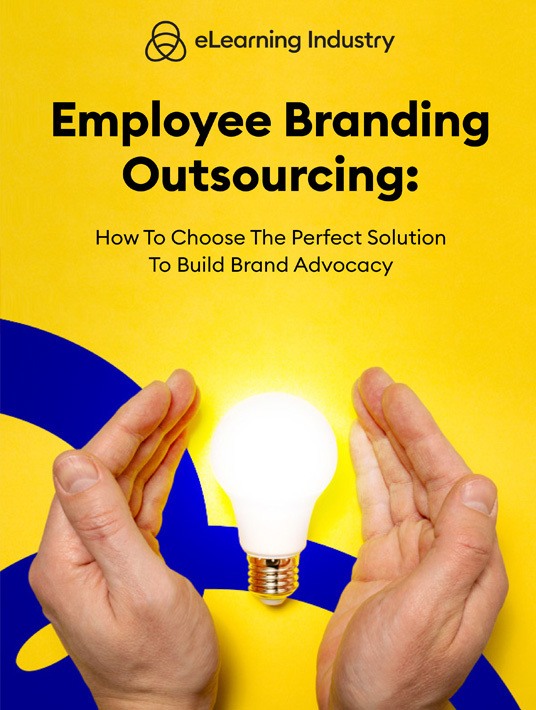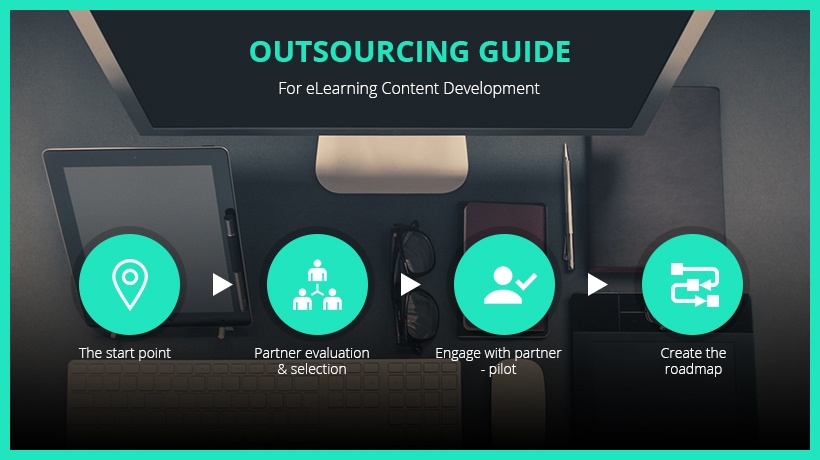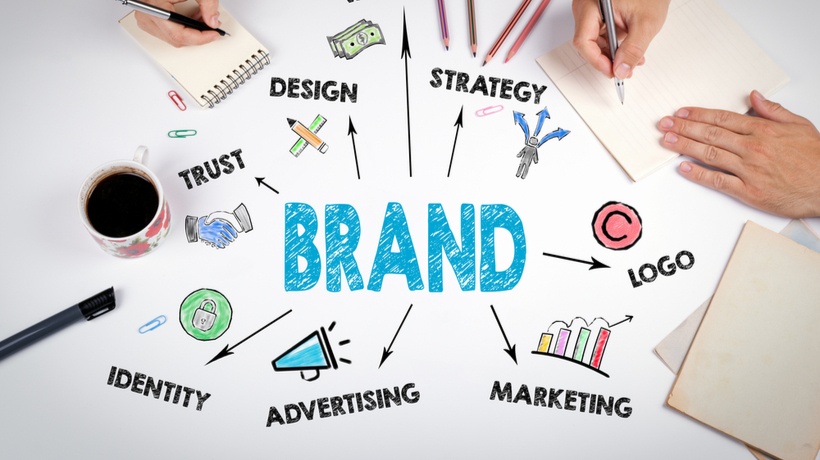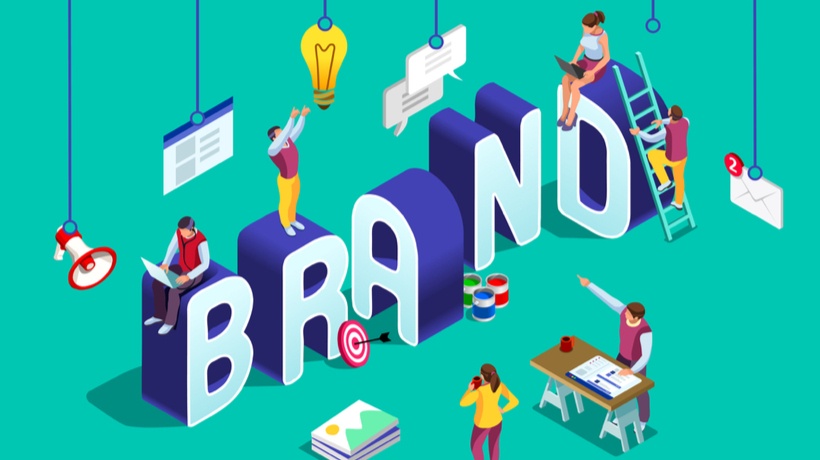Your Step-By-Step Guide To Employee Branding Outsourcing
You know your brand best. However, the right employee branding outsourcing company can bring fresh online training ideas to the table, especially when they have industry experience and top-notch tech. So, how do you find the best vendors for your budget? And once you’ve compiled a shortlist, what comes next? This step-by-step guide can help you maximize value for money and minimize outsourcing headaches. It covers every stage, from drafting requests for proposals (RFPs) to finalizing the contract. Without further ado, let’s take the first step in your employee branding outsourcing adventure together.

How To Achieve Employee Branding Outsourcing Success
1. Qualify Vendors Using Free Online Resources
First off, you need to vet vendors online to narrow the options. Free niche-specific directories are a great place to start. Also, read reviews, evaluate user ratings, and check out vendor landing pages. Every vendor should have a portfolio for you to peruse that features work samples. Finally, compare your top choices using a directory comparison tool and/or scoring system.
2. Use An Employee Branding RFP Template
There are plenty of RFP templates online that you can use for reference. Some of them are even available to download. If they aren’t intended for employee branding outsourcing, simply modify them to suit your needs. In addition, you can create a template of your own to customize the layout and elements. For example, add your logo and placeholders so that you can reuse the template for other outsourcing projects.
3. Include Project Details And Objectives
The main goal of an RFP is to invite vendors to submit their proposals. Their responses include cost estimates, schedules, and a list of deliverables, as well as support services and unique qualifications that set them apart. But you need to give them some basic info first such as the project scope, objectives, outcomes, and budget. That way, they can custom-tailor the proposal based on your employee branding strategy. Vague RFPs usually result in vague responses…and extensive follow-up. For instance, you need to send another RFP for clarification or answer a string of emails to provide more details before they even send a proposal.
4. Clarify Your Employee Branding Budget
Most organizations include a general price range in their RFPs. You don’t want to go straight to your maximum spending cap because there’s no room for negotiation. Then again, mentioning the low end of your budget might lead to fewer responses. Some vendors might even be offended because they assume that you’re undervaluing their services. Be realistic and transparent about your budget. How much can you spend on each deliverable? What is the ideal grand total? Also, keep in mind that faster turnaround times usually mean a higher price tag since the vendors either have to clear their schedules or hire more people to expedite the process.
5. Mention Support Service Expectations
Elearning content providers usually offer some form of support ranging from phone and email to online FAQs. It’s always best to overestimate the amount of support you need. For instance, your team is relatively inexperienced, and they aren’t familiar with the authoring tools or Learning Management System (LMS). As such, they may need more one-on-one support from the vendor to reduce the learning curve. Include your support expectations in the RFP, which should also address communication. How often do you expect an update? Do you want to provide feedback along the way?
6. Explain Your Proposal Review Process
Vendors probably won’t sit by the phone (or email inbox) just waiting for your decision. On the other hand, they do expect a response in a timely manner so that they can plan ahead. For example, you take a month to follow up with vendors after they submit their proposals. In that time, they’ve already accepted other projects and are no longer available. Therefore, you should also explain your review process and decision deadline in the RFP. It’s also wise to include your general evaluation process and criteria.
7. Evaluate Vendor Responses
After everyone sends their proposals (by the due date), meet with your team to review them one by one. Before you do, make sure everyone understands the scoring system and requirements. You should also invite a good cross-section of your organization. For instance, someone from each department should be there to provide feedback since every team has different expectations for employee branding outsourcing. However, everyone should focus on the same question: Which vendor offers creative and cost-effective employee brand engagement ideas?
8. Finalize The Contract
Contact your top choice and schedule a meeting. You can also hire them for a test project if you’re still undecided, that way you mitigate risks and evaluate their quality of work firsthand. Once everything is in order, negotiate the contract. The outsourcing partner usually provides the agreement, as they use the same template for all their projects. That said, you can always request changes if you’re unhappy with the terms. The key is to communicate with the vendor. Ask questions and address your concerns so that you can work together to finalize the contract. This also prevents conflicts later on and improves collaboration from day one.
Conclusion
Follow these steps to take the headache out of employee branding outsourcing. They can also help you get top value for money, as the RFP clarifies all your online training requirements. Vendors know exactly what you expect and how much you’re willing to spend. You should also meet with vendors before finalizing the contract to iron out the details, particularly if there are terms or conditions that you’re still unsure about. For instance, what are the communication guidelines and how do they handle content revisions?
How do you draft a winning RFP once you find the right outsourcing partners? Read our eBook Employee Branding Outsourcing: How To Choose The Perfect Solution To Build Brand Advocacy for tips to evaluate vendors and maximize ROI.








